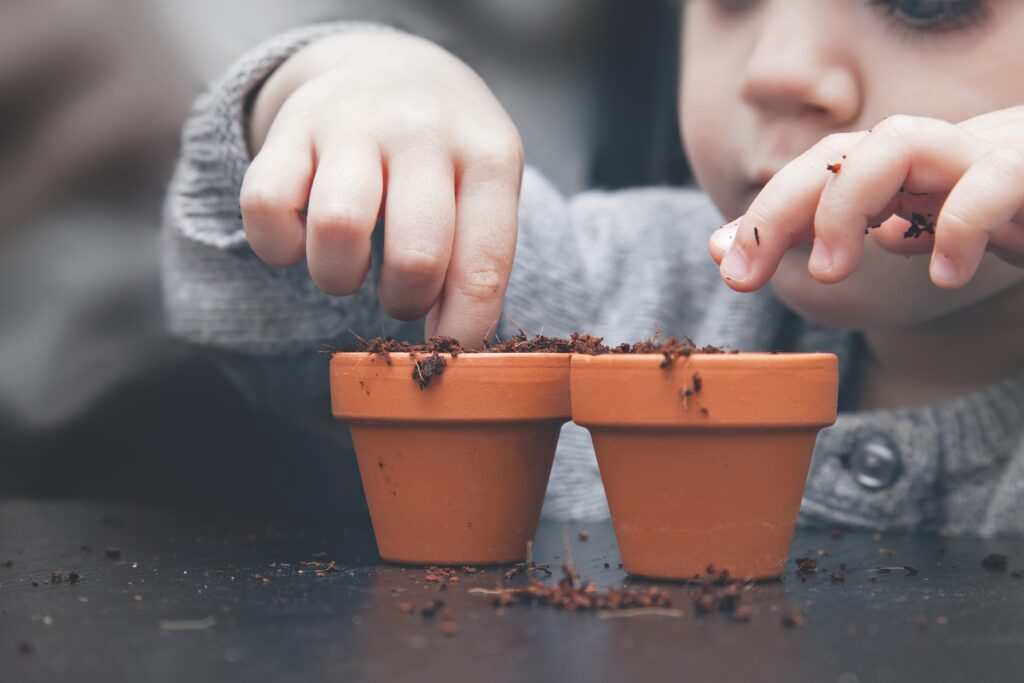As the days gradually warm (not fast enough for many of us!) and we start to see hints of spring, gardeners know that now is the time to get a jump on growing summer vegetables. One of the easier and more affordable ways to do just that is starting seeds indoors. If you are a novice or have a black thumb, fear not! Following a few basic rules can lead to healthy plant starts and the satisfaction of growing and harvesting your own food.
Know Your Zone
Ask any gardener which zone they live in and they can tell you without a moment’s hesitation. Thanks to a simple online search or seed websites that ask for your zip code, you can easily learn that western South Dakota falls in Zone 5 of USDA’s Hardiness Zone Map. In addition to a pretty rainbow of colors, this map helps us determine when our typical growing season starts and ends. Most seed packet instructions advise you to delay planting in the ground until after the last freeze. For our area, this can be mid to late May — and sometimes as late as early June.
Read the Packet
Seed packets are plentiful this time of year and can be found in your local hardware and garden stores. Each packet will have specific information detailing light and spacing needs, days to germinate, and days to harvest. The number of days to harvest should determine when to start your seeds. For instance, if you want to enjoy ripe, juicy tomatoes in August, you can start plants indoors in March and have the added benefit of a longer harvest season through September.
Tools of the Trade
Seeds need light, moist soil, and warmth to thrive. Avoid window sills as most are not bright enough. A simple setup consisting of an inexpensive plastic shelving unit, 2-3 shop lights with chains to hang, plastic seed trays with cell packs or peat pots is all you need to get started. It’s recommended you use a specific seed starting medium (not true soil) and sterilize with boiling water. Stir with a large spoon and let cool before filling the containers.
Watch and Wait
Seedlings will sprout in 7-14 days. Keep the lights close to the sprouts and adjust them higher as they grow. Sprouts are susceptible to disease, so stick with just lights and water until they are large enough to up pot. You can then start to fertilize with organic formulas or mixing in compost. By mid to late May, or 7-14 days after the last frost, you can then transfer your plants outdoors.
There’s an abundance of online resources to guide you in the next phase of growing your own vegetables. Gardening is a great opportunity to bond with kids and encourage future green thumbs while enjoying fresh air and sunshine. Happy planting!
WORDS: TARA PETRUSKA

